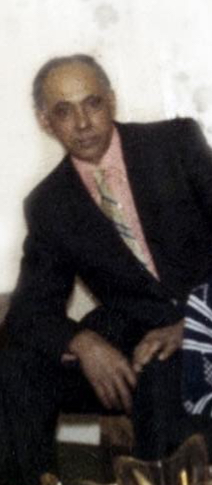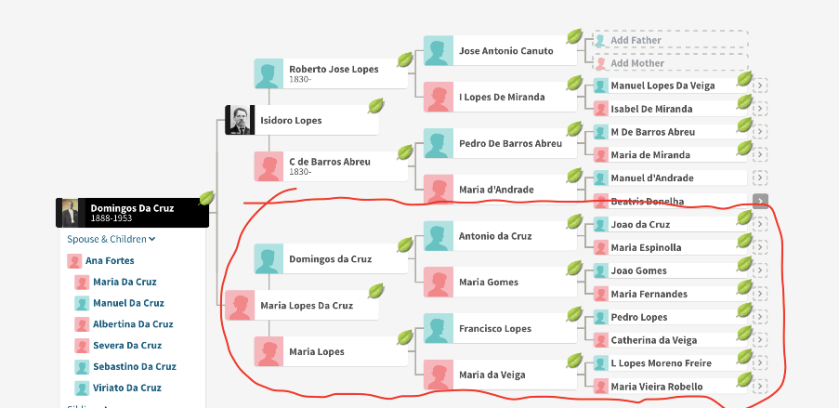Since the airing of “Light Girls” on the OWN network, questions and comments about race, ethnicity and identity have ranged from vulgar to just plain offensive especially as it pertains to the segment focusing on Amber Rose and her story about family members not attending her wedding because she was marrying an African-American. The documentary is the second from Bill Duke focusing on the issue of colorism in the Black community.
Amber Rose, of Cape Verdean and Italian descent spoke about struggling with colorism within her family her whole life; ” With my family, they feel they are more superior than African American because we’re Creole and we have culture and it’s something I’ve battled with most of my life”. This single statement sparked controversy among African Americans and Cape Verdeans, although for different reasons. People immediately took to social media to put their two cents in about “those Cape Verdeans playing white among among themselves” (Actual Facebook comment) .
Here’s an example of comments made;

“Mutt” was thrown around quite a bit in these posts. And, apparently, many people agreed; notice the 16 likes as of the night this episode aired. What was it exactly that sparked this kind of rage toward Cape Verdeans? Was it that she used the words “superior” or “culture”? Was it because she was “airing our dirty laundry”? Was it because she participated in a dialog about an experience that had a profound affect on her life? After all, this was a documentary focusing on the experience of light skinned black women. Was what she said more hateful than the story told by a dozen other women on the same program? What I heard was a story very similar to my own and my reaction was quick and immediate in response to the ignorant comments I read.
In response to this gem

I posted;

And then there’s this;

To which I responded;


I wasn’t defending the notion that some Cape Verdeans feel a sense of superiority over other blacks. I found myself defending my “Capeverdean-ness” to strangers on Facebook. I was armed with knowledge, prepared for a fight, but quickly found that the other side just retreated with their tails between their legs. All I did was speak the truth.
We need to have honest conversations about the realities of racism and colorism within the Black community, in general, and within the Cape Verdean community, specifically. And it begins with telling the truth about our history!
I’ve always had a descent amount of awareness in who I was and my identity. Since beginning my genealogical research, my awareness has become an unwavering confidence.
I’ve studied thousands of vital and immigration records. And staring back at me was the story of resilience and survival. I am a descendant of people who lived under the system of slavery, colonialism and European imperialism for over 500 years. I have also had to reconcile facts that include ancestors who owned slaves and who may have been active participants in the Atlantic Slave Trade. In these ways, Cape Verdean history is no different than African American history. The inception of the “creole” population began with the enslavement and exploitation of African women by their European masters. This is an undeniable fact.
The product of this is a genetically diverse population who created a culture that preserved traditions brought over from the African mainland, as well as, those of the very Europeans who were our oppressors. There were attempts to “water it down” by mixing more European blood. But we held steadfast to our “Caboverdeanidade”. They banned us from using our Criolu language but we ardently held on to our language and it is spoken in Cape Verdean homes all over the world. In defiance of ordinances against writing our language, our ancestors wrote and composed in Criolu. Our music was banned but the drumbeat of the Batuku and Tabanka continue to run through our veins. We were left to die during the most brutal droughts and famines but still we survived.
How could I not be proud to call myself a Cape Verdean? I AM A CREOLA!!!
Unfortunately, there are too many among us who don’t know about this history because it has been whitewashed by others who felt it was their duty to tell us who and what we are. Our greatness has been replaced by self-doubt and insecurities that has allowed untruths to be put on us and caused divisions to the extant that we no longer remember who we are. How dare we allow the memory and experience of our ancestors die in vain?
We were told by others that because we had their blood we were different. We were used as middle-men in the Atlantic slave trade. The key word is used. We received no gains. We were made to believe that we had a seat at the table when in reality we were used to as door mats. We were made to believe that our worth was based on our hue. Again, we received no gains. We were just sold at a higher cost. We were made to believe that Africa had no greatness, yet it was Africa that ran through our veins.
When all else failed, the divide and conquer strategy was used in the attempt to make us forget our greatness. Rather than being destroyed by the guns of our enemies we allowed divisiveness within our own families and communities. They couldn’t divide us by banning basic elements of our identity like music and language. Instead color has been used to redirect our hostility toward each other rather than direct it toward the actual reasons for inequities within our society.
Throughout our 500 year history, those of our ancestors who realized their greatness fought back. Rebelados were transported to different islands because they realized our strength in part was in our numbers. Where Caboverdeanos realized that our identity could be preserved in our stories and our language we began to write and compose in Crioulo. When we were left to die during numerous droughts and famines, our courageous ancestors risked their own lives to travel to foreign lands to find a way to take care of their families. When one man dared to speak out against the evils of imperialism and for the liberation of our people, he was killed. But his brilliance and strength live on today and Cabo Verde is an independent nation. Staring back at me in the volumes of records were these truths!
Slavery and colonialism is recorded in history through the eyes of those who were in power. It’s seldom told in the voice of those who lived under its shackles. In Cape Verde, vital records only go back to the early 1800’s. What wasn’t lost from natural disasters have been intentionally destroyed, I believe, with the intention of keeping us mentally oppressed and lost to our identity. Just another attempt to make us forget our “caboverdeanidade”. Amilcar Cabral not only fought a war of guns, but more importantly, of the mind. He understood that we needed to preserve our records not just to tell the story of the struggle for independence to later generations but, in essence, to remember the core of what it meant to be a Caboverdeano.
So why is colorism still dividing us. Do we still not remember our greatness?
As a researcher of Cape Verdean genealogy, I realize that I have a responsibility to try to help preserve the memory of these people and their experiences. Regardless of status, color or origin, our caboverdeanidade is rooted in the history of all the people in Cape Verde. As I said in my response to the Facebook posting, I never imagined that I would be perceived as denying our African-ness by trying to “discover and, more importantly, tell the truth about our history”. When I write here about our ancestors experiences, I did not refer to skin color because, in truth, our ancestors were of all shades and phenotypes. Some were considered white, others black, and still others where identified by numerous classifications.
We are descendants of Fulani, Bantu, Yorubas, Mandinkans and others who were enslaved and forced to endure unspeakable brutalities. We are also descendants of Sephardi and Ashkenazi Jews who were persecuted, imprisoned, and exiled because of their religious beliefs. Ironically, even the descendants of the slave masters who remained in Cape Verde quickly assumed the Cape Verdean identity. It’s safe to assume that the truths in the words of this paragraph are the root of the colorism that continues to affect our culture.
The descendants of these people went on to marry one another, have children and build homes with each other. But the legacy of colorism left by the colonialism hasn’t been easy to extinguish. When we realize that it was nothing more than a tool used to make us forget our greatness it becomes possible to allow us to measure ourselves in terms other than color. When we begin to understand the truth of our history and that our skin colors have been used against us we might actually begin to remember our greatness and pass THIS on to our children.
I would be remiss if I didn’t remind everyone that people died for our right to call Cabo Verde an African country. We are Africans with a rich and multicultural heritage that I believe is embraced by our “caboverdeanidade”. It’s important that we make distinctions between race, culture and ethnicity.
Race is a social construct used to divide. Culture is what holds us together. Ethnicity is in the DNA that we can never deny.
In the end, Amber’s “airing out” of our dirty laundry should be used as an opportunity to continue the conversation about race, culture and ethnicity in Cape Verdean communities around the world. Let’s not be afraid to know our history and to tell the truth.

































